It is obvious that the market share of the full-frame mirrorless camera is expanding very rapidly. Canon launched its Canon EOS RP in February 2019 after launching its first full-frame Canon camera Canon EOS R in late 2018. In this post, I will overview the Canon EOS camera system with its new RF mount and its accessories. Then I will introduce to you the Canon EOS RP, finally, I will make a quick comparison between the two models.
Overview of the EOS R system
Canon introduced the EOS R system when it launched its first full-frame mirrorless camera i.e the Canon EOS R. The new EOS system has a new lens mount called RF mount with an interesting design:
- The RF mount retains the same, large 54mm diameter as the current Canon EF mount, but the RF lens rear lens element can be much closer to the image plane, and also can be larger in diameter, improving image quality at the corners and outer edges of the frame.
- The RF mount is mounted just 20mm from the image sensor (Flange Focal Distance). This provides flexibility for future lens designs and durability.
- A 12-pin connection between the camera and lens means communication at a higher speed with larger amounts of data transfer, enabling incredibly fast AF, high IS, and image optimization.
- Three different mount adaptors can be used to deliver seamless connections between the EOS R and EOS RP cameras and EF and EF-S lenses with all functions intact.
By utilizing a full-frame sensor (24 x 36mm), the system gains the following:
- The system is capable of producing better image quality because of its larger size and can capture large individual pixels for great quality of detail and low noise.
- The full-frame sensor has a great performance in low light situations; it can capture large individual pixels for great quality of detail and low noise.
- Full-frame sensors offer a shallow depth of field by design, making it easy to define the depth of focus through aperture choice. These sensors deliver gorgeous and soft out-of-focus areas when shooting with large apertures.
The above-mentioned factors facilitate a new generation of optics, capable of superior performance and additional characteristics. While the EOS R launched with two native RF lenses, by the time I wrote this post there are eight native lenses available for the mount, with Canon promising that two more will be released by the end of 2019.
The RF 24-105mm f/4L IS USM from Canon is a wide-angle to short telephoto zoom characterized by its constant f/4 maximum aperture. Ideal for use in nearly any shooting scenario, Ideal for both photo and video applications, this lens also incorporates a Nano USM autofocus motor, which delivers quick, quiet, and precise focusing performance.
The Canon RF 28-70mm f/2L USM is a wide-angle to portrait-length lens distinguished by its impressively unique f/2 constant maximum aperture. This bright design yields excellent low-light performance along with enhanced control over depth of field for isolating subject matter.
Canon RF 35mm f/1.8 Macro IS STM
The Canon RF 35mm f/1.8 Macro IS STM is compact and lightweight, the RF 35mm F1.8 Macro IS STM lens offers amazing versatility in a wide-angle macro lens. It has a 0.5x magnification ratio and a close focusing distance of 0.56 ft./0.71m for excellent macro photography, with up to 5 stops* of image stabilization for reliable performance.
It is Bright and sharp, the RF 50mm F1.2 L USM lens delivers consistent, impressive performance and shallow depth of field for gorgeous images in a large variety of situations. Its f/1.2 aperture means amazing performance in low light and beautiful, detailed images with evocative background blur.
It is a large aperture mid-telephoto prime lens. It offers excellent performance for advanced and professional portrait photographers and is a widely popular focal length and aperture
Canon RF 24-240mm f/4-6.3 IS USM
It is the ideal lens for amateurs and advanced amateurs who love to travel, no matter the destination. The versatile, all-purpose lens offers a range of focal lengths for capturing extraordinary shots in a form factor that is both compact and lightweight.
Canon RF 15-35mm f/2.8L IS USM
offering a wide-angle and fast aperture in a single package. It is ideal for a variety of shooting applications including architecture, interiors, or landscapes.
Canon RF 24-70mm f/2.8L IS USM
It is a high-performance, standard zoom lens for professionals and photo enthusiasts alike – ideal for shooting portraits, landscapes, documentaries, or weddings.
Canon EOS RP Mirrorless Camera Body
The Canon EOS RP is one of the smallest and lightest full-frame cameras on the market and is the least expensive full-frame camera at launch, ever. Though its specifications aren’t the top, it is considered a remarkable entry-level for the world of full-frame mirrorless cameras. It is designed for hobbyist and casual users and those already within the Canon ecosystem looking for a compact second body.
the EOS RP stands alone in providing more beginner or budget-constrained users with access to the shallower depth-of-field that full-frame cameras offer over those with APS-C or smaller sensors. On the other hand, RP is a poor choice for those looking to shoot video.
Specifications:

Conclusion:
If you’re a Canon DSLR user and you want to step up to full-frame for the first time, the Canon EOS RP is a tempting proposition – especially considering that an adapter to use your existing lenses comes bundled in the boxes. In addition to its impressively low price compared to full-frame cameras.
Generally, the pros of Canon EOS RP is its lovely image quality and the power of a very capable full-frame sensor. The body design manages to be small but still pleasant to use, with the dual dials and M.Fn button being intuitive to work with.
However, for the Cons. This camera is not specifically designed for action-shooters, because of its rather limited capability of burst shooting speed of 5fps (dropping to 4fps with focus tracking). Then there’s also the frustrating inability to shoot silently (a positive key of most other mirrorless cameras. Video shooters will not like the crop applied to 4K shooting, plus the fact that Dual Pixel AF can only be utilized for Full HD video shooting.
The following are some sample photos by Canon EOS RP (source: Canon Gallery)
Canon EOS RP Accessories:
Canon Extension Grip Eg-E1(Bk)
Mount Adapter EF-EOS R
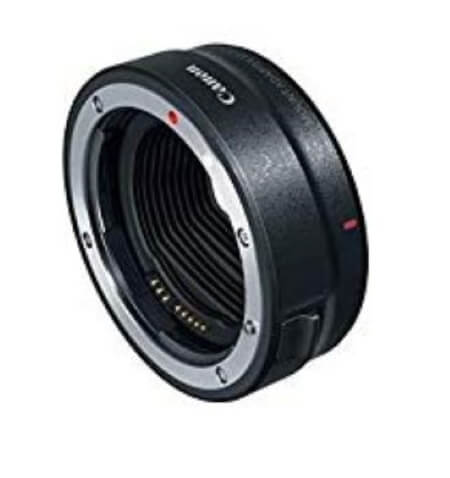
The standard Mount Adapter EF-EOS R allows EF-S and EF lenses to be used on EOS R cameras seamlessly. Photographers who already have a collection of EF-S or EF optics can invest in the EOS R System confidently, knowing their existing lenses will work as expected.
Product highlights:
- Standard mount adapter allows EF/EF-S Lens Compatibility with the EOS R camera system, including the EOS R and EOS RP
- Built-in control ring provides quick access to camera functions
- Exterior design matched to EF lenses
- Dust- and water-resistant
- Metal mount on both Lens and camera sides provides rugged flexibility
Control Ring Mount Adapter EF-EOS R
Control Ring Mount Adapter EF-EOS R offers the same lens mount conversion as Mount Adapter EF-EOS R, but also adds a Lens Control Ring. The ring is customizable and easy to find without taking the camera from your eye offering tactile manual control over various settings.
- Standard mount adapter allows EF/EF-S Lens Compatibility with the EOS R camera system, including the EOS R and EOS RP
- Built-in control ring provides quick access to camera functions
- Exterior design matched to EF lenses
- Dust- and water-resistant
- Metal mount on both Lens and camera sides provides rugged flexibility
- Drop-In Filter Mount Adapter EF-EOS R
Drop-In Filter Mount Adapter EF-EOS R takes the functionality of Mount Adapter EF-EOS R and adds the ability to use drop-in filters, removing the need to fit filters on the front of a lens, especially useful for wide-angles with a large front lens element.
Either it is available with a variable neutral density (V-ND) filter or circular polarizing (C-PL) filter, and a clear (CL) filter is also available for shooting without filter effects.
Canon Drop-in Filter Mount Adapter EF-EOS R with Circular Polarizing Filter
Product highlights:
- Allows EF/EF-S Lens Compatibility with the EOS R camera
- Drop-in filter Adapter allows the use of circular polarizing Filters
- Dust- and water-resistant
- Exterior design matched to EF lenses
- Metal mount on both Lens and camera sides provides rugged flexibility
Canon Drop-in Filter Mount Adapter EF-EOS R with Variable ND Filter
Product highlights:
- Allows EF/EF-S Lens Compatibility with the EOS R camera
- Drop-in filter Adapter allows the use of Variable ND Filters
- Dust- and water-resistant
- Exterior design matched to EF lenses
- Metal mount on both Lens and camera sides provides rugged flexibility
Canon EOS R vs. Canon EOS RP

There is a significant value gap between the EOS R and the RP of $1,000. As anyone might expect, the R is the more skilled camera — however, the RP offers a streamlined arrangement of highlights at an agreeable value that might be everything the beginner or enthusiast photographer needs, especially those hoping to make their first move into the universe of full-frame cameras. Here’s the manner by which these two cameras stack up.
Sensor:
One of the main differences between the two models is their sensors – there’s a 30.3MP (effective) sensor in the EOS R, and a 26.2MP (effective) one in the EOS RP.
This is a much smaller difference than we’re used to seeing between two models in the same lineup, so if one suits your needs then the other may well do too.
AF system:
Both cameras have been equipped with a Dual Pixel CMOS AF setup to perform speedy phase-detect AF from the main imaging sensor, but the working range of the EOS R is a tiny bit better by comparison. Canon states that the EOS R can work down to -6EV, while the EOS RP is rated at -5EV. Again, the difference is small.
LCD screen:
The EOS R has a 3.15-inch LCD screen, with its 2.1million dots. the EOS RP has a more standard 3-inch LCD with 1.04 million dots in its place.
Burst shooting speed:
It is fair to say that neither camera is the most suitable option for the sports or action photographer. The EOS RP’s 5fps burst speed is unexciting, and when you activate Servo AF (to keep moving subjects in focus), it only manages 4fps. This is easily bettered by the 8fps burst shooting mode on the EOS R, although once you enable Servo AF on that model the rate drops more sharply, to 5fps.
Video:
Both cameras can capture video footage in 4K and Full HD quality. The Dual Pixel AF system can be used when capturing videos on either camera, but it’s not available when shooting 4K footage on the EOS RP. The EOS RP is also limited to capturing 4K footage at a maximum 25p, while the EOS R can shoot at up to 30p.
Battery:
The EOS R has a CIPA-rated battery life of 350 photos when using the EVF, and 370 when using the LCD screen. That is standard for a mirrorless camera. On the other hand, the EOS RP is significantly worse, with a battery life of just 250 photos.
Size and weight:
One of the most surprising aspects is just how petite Canon has managed to make it. With the dimensions of EOS RP is just 132.5 x 85 x 70mm, it’s a whole lot smaller than the 135.8 x 98.3 x 84.4mm of the EOS R.
The EOS RP weight is 485g (with the battery and SD), this is impressive. While the EOS R weight is 660g.
Related Posts:
Top Rated Mirrorless Cameras – Your Ultimate Guide!
Canon EOS R Review – Is It Worth The Switch?
Canon Just Announced Its First Full-Frame Mirrorless Camera – Canon EOS R!
Thanks for reading, I hope you enjoyed the article if you have any questions just post them below & I will be happy to answer you.
If you enjoy the site, don’t forget to subscribe, we will only inform you when a new article is posted.
















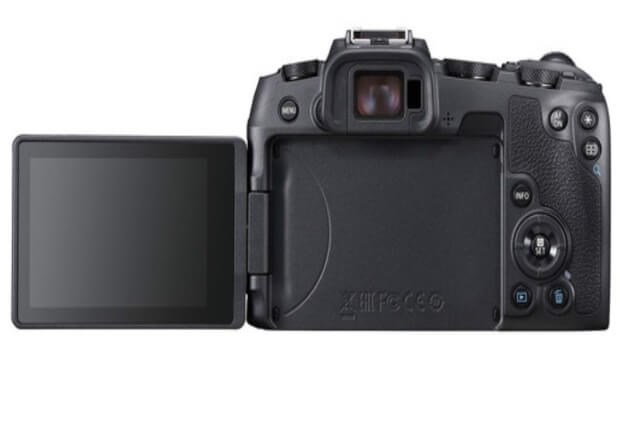
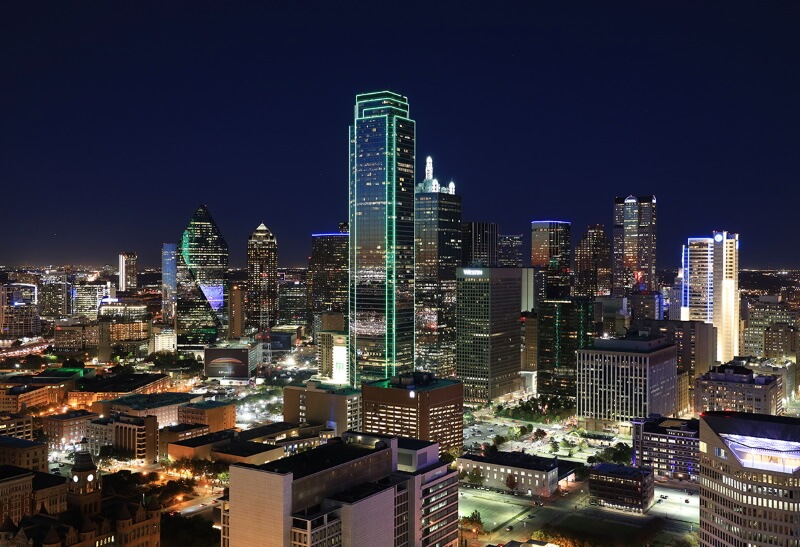






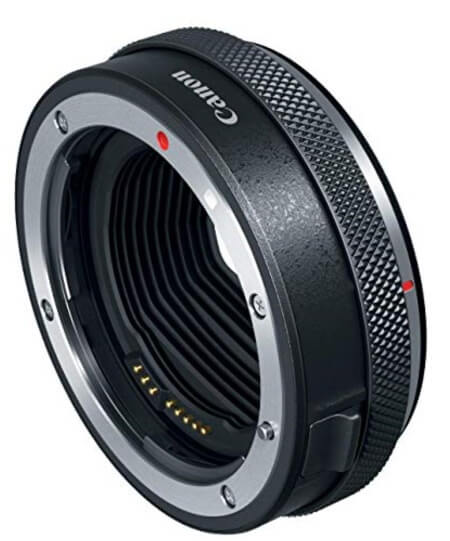

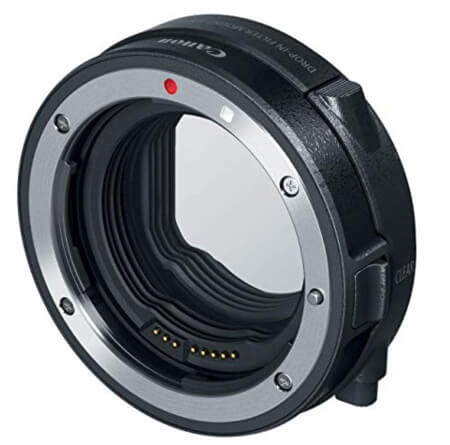





Great Article to get all info about the Canon EOS RP Camera. Find it very useful & got all the information about the camera, lenses & accessories. Thanks a lot & keep posting 🙂
Thank you! glad that you liked the site & the post.
I’ve been familiar with cameras for quite a while now, this was one of the things I gained from my friendship with Anthar, he’s a very good photographer and we stayed together for some time. I love the features of Canon eos-rp, its lens compartment and it’s bodily functions are also spectacular. I’ll definitely share this with Anthar, who knows, he might be planning on getting another one..
I’m glad to found your article today, I currently own a cannon Rebel T1i and my husband told me if I want to upgrade for a better camera, I use my cannon to get some photos of my crafts but I’m not too good at it.
Do you think the full frame Mirrorless Canon camera will help me to get better photographs of my work, I also want to get the Canon RF 50 mm.
I would love to get some advice from you.
Hi Alejandra
Without no doubt, the full-frame camera will give you a better photo, It allows a shallower depth of field, more megapixels, larger pixels, better performance at low light conditions together with the new RF mounting, I think the mirrorless camera will be the future of digital cameras.
Thanks for your comment
It’s a very good thing to see all about this very awesome camera. I have to confess that the lens that you have reviewed here all look juicy. Although I currently use a small camera to take nature pictures, I am thinking of going up to a DSLR camera. I am sure that Canon will be a great option for me considering all it’s good features and pocket friendly price. Now I know what a full frame camera is. This is a nice post. Thanks for sharing.
I agree with your opinion, I think the future is for the mirrorless full-frame camera. By the way, it is considered one of the cheapest in its category.